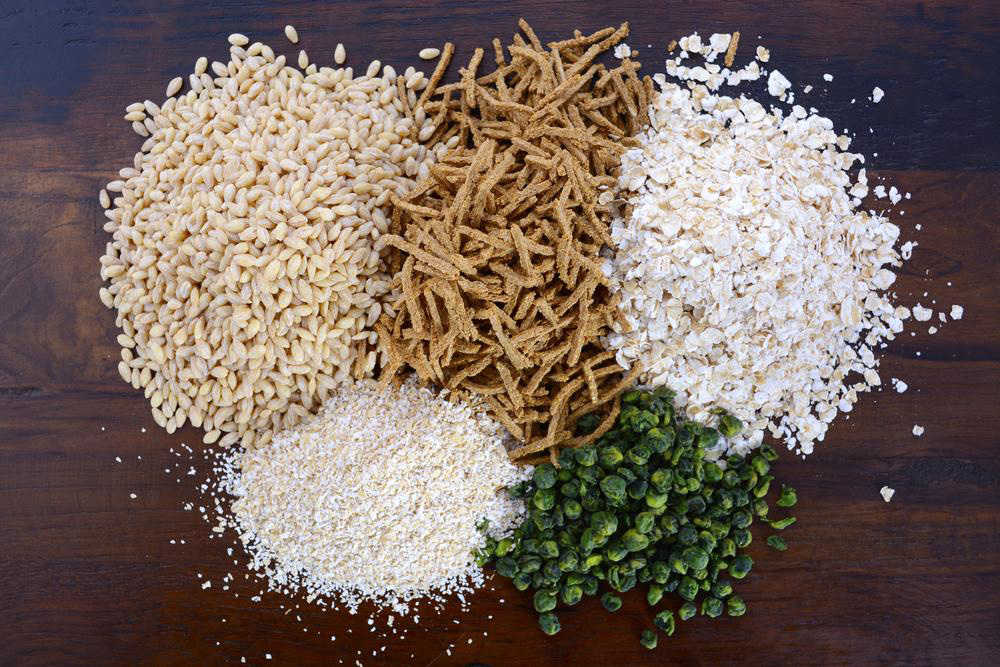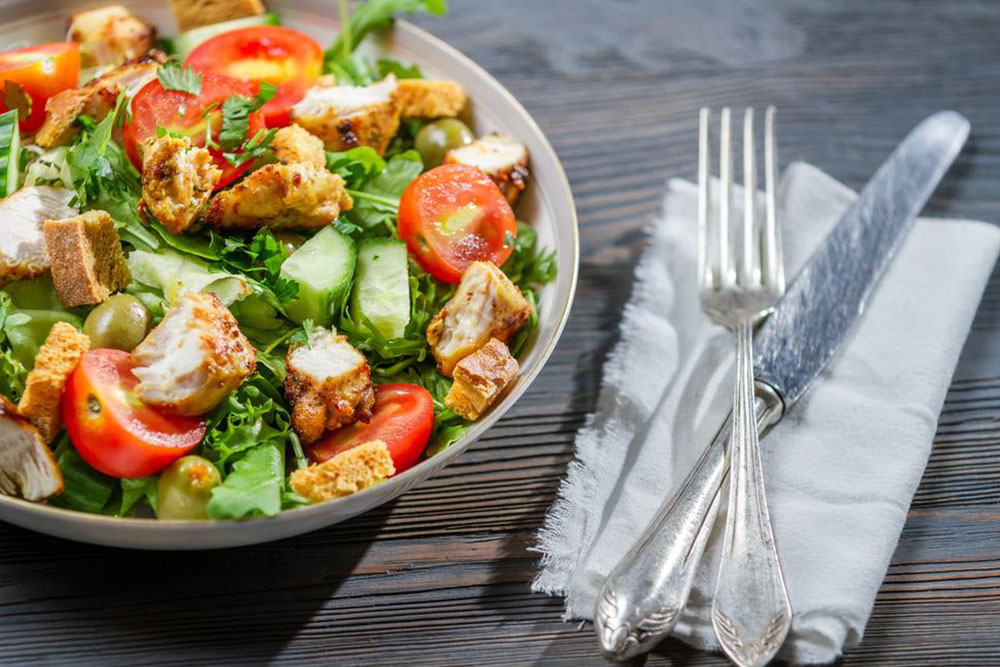Incorporating High-Fiber Cereals for Better Health and Wellness
Discover practical ways to boost your daily fiber intake with high-fiber cereals. Learn tips to incorporate more fiber into your diet easily and safely, promoting heart health, digestion, and overall wellness. Start with simple changes like breakfast cereals, whole grains, baking substitutions, and adding flaxseeds for a healthier lifestyle. Our expert advice helps you achieve your fiber goals effortlessly, supporting long-term health and preventing chronic diseases.

Incorporating High-Fiber Cereals for Better Health and Wellness
Dietary fiber is essential not only for digestive health but also for preventing chronic diseases. Selecting high-fiber cereals can significantly lower the risk of heart disease, diabetes, and stroke, while enhancing skin and hair vitality. Regular consumption may also reduce the likelihood of colon cancer. To reap these benefits, integrating more fiber-rich foods into your daily routine is recommended.
Based on age and gender, nutrition experts advise consuming between 21 to 38 grams of fiber daily for optimal well-being.
Recent data shows most individuals fall short of the recommended daily fiber intake. While reaching this goal might seem challenging, simple strategies can make it easier.
Start gradually: To avoid digestive discomfort, gradually increase fiber intake, especially if you’re new to high-fiber foods.
Begin your day with fiber: Including cereals like bran flakes or cornflakes at breakfast adds about 6 grams of fiber, kickstarting your daily intake.
Among cereals, options like All-Bran or Fiber-One greatly enhance fiber intake. If taste is a concern, unprocessed wheat bran can be added to any cereal.
Switch to whole grains: Opt for whole-grain options such as wild rice, barley, or whole-wheat pasta. These choices boost fiber levels and may surprise your taste buds.
Enhance baked goods: Replace half of white flour with whole-grain flour when baking. Adding wheat bran or crushed cereals increases fiber and flavor in muffins, cakes, and cookies. For gluten-free options, incorporating psyllium husk can improve texture and fiber content.
Include flaxseeds: Tiny flaxseeds are packed with fiber and can help lower cholesterol. Grind them and add to omelets, smoothies, yogurt, or cereals for an extra health boost.
Adopt these simple tips gradually and enjoy the health benefits of a low-fat, high-fiber diet.










